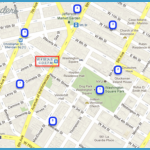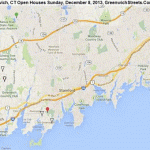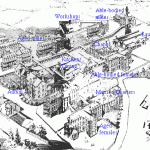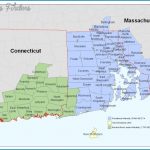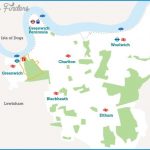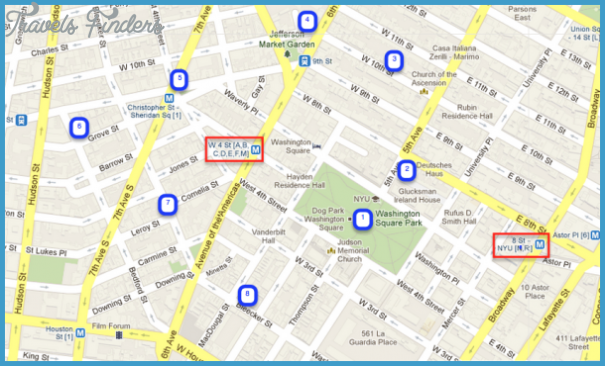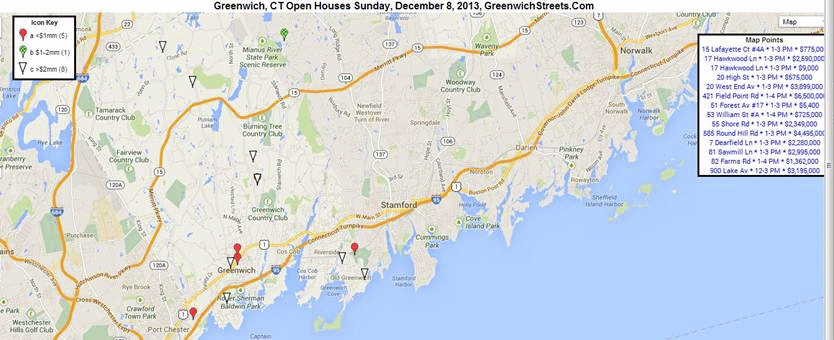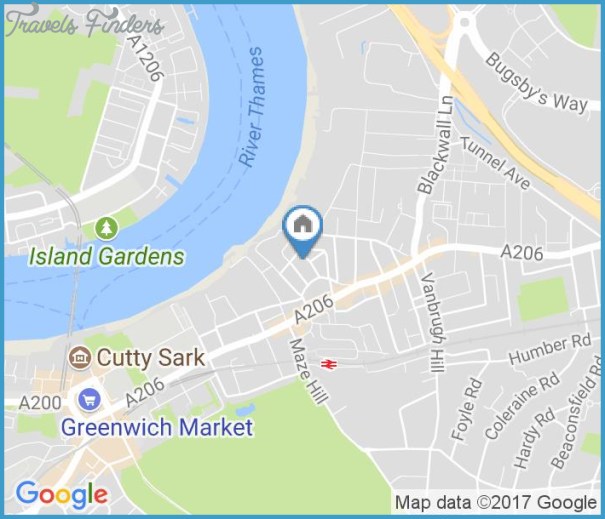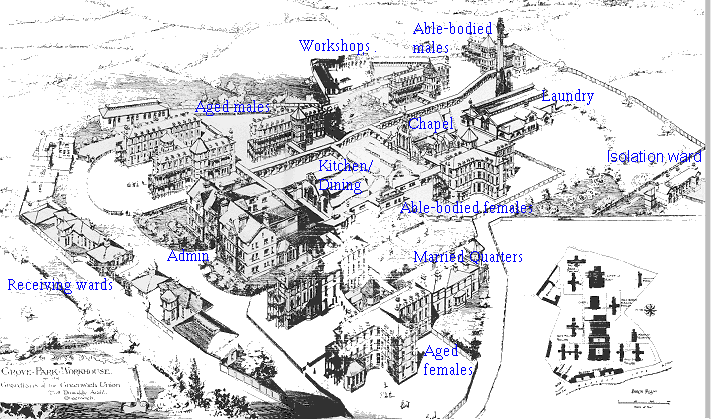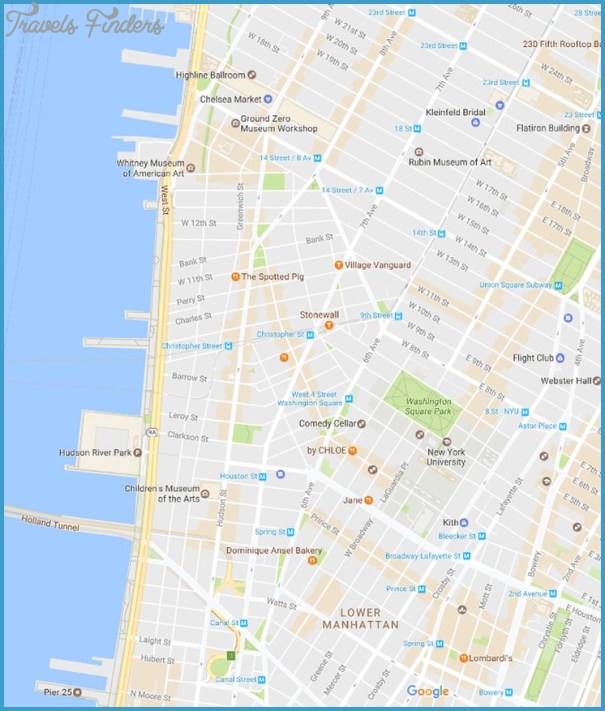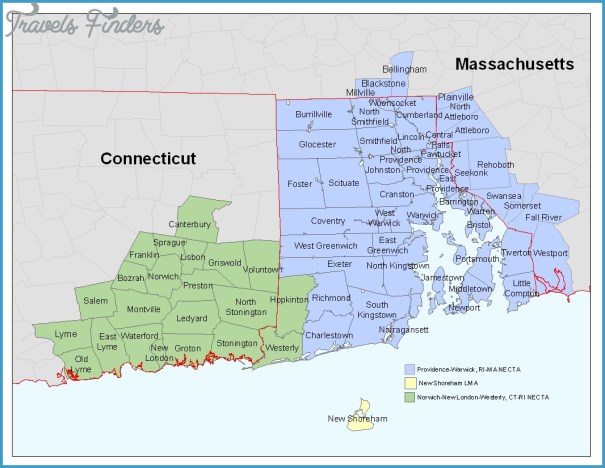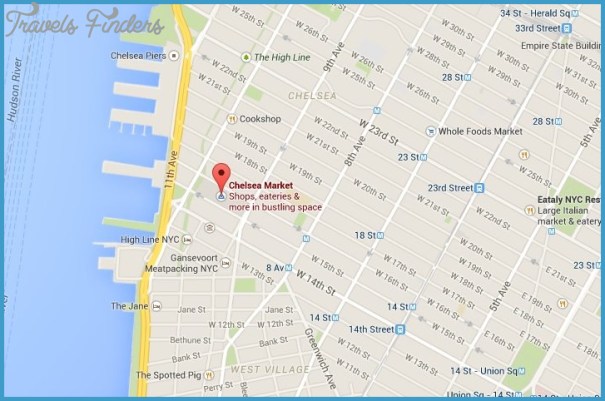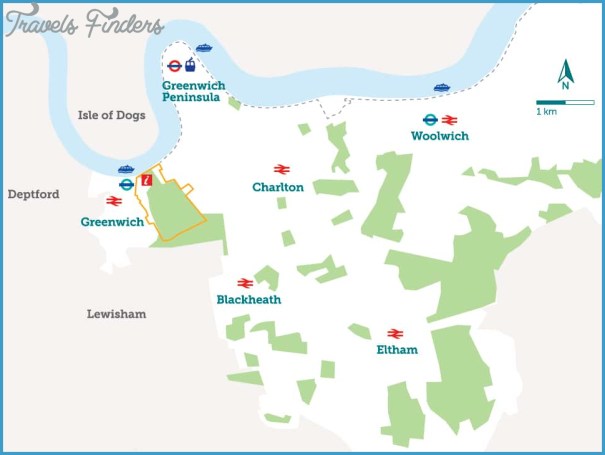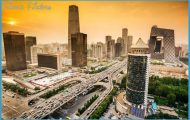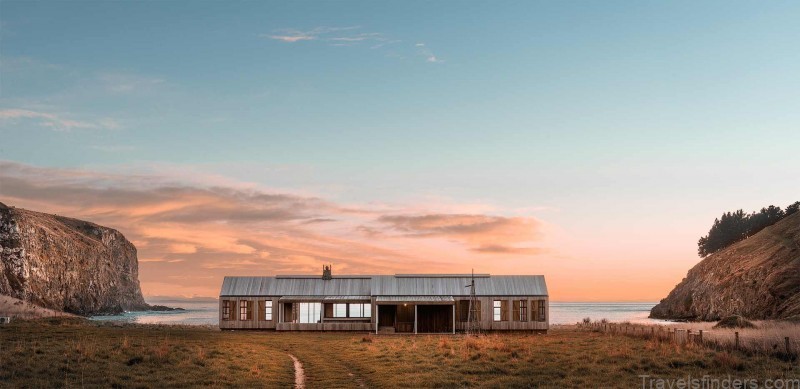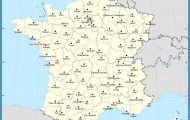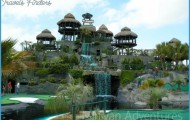I must go down to the seas again, to the lonely sea and the sky, And all I ask is a tall ship and a star to steer her by, And the wheel’s kick and the wind’s song and the white sail’s shaking, And a grey mist on the sea’s face, and a grey dawn breaking. I must go down to the seas again, for the call of the running tide Is a wild call and a clear call that may not be denied. And all I ask is a windy day with the white clouds flying, And the flung spray and the blown spume, and the sea-gulls crying. I must go down to the seas again, to the vagrant gypsy life, To the gull’s way and the whale’s way where the wind’s like a whetted knife; And all I ask is a merry yarn from a laughing fellow-rover, And quiet sleep and a sweet dream when the long trick’s over. Sea Fever by John Masefield, (1878-1967) 1902 A view from Becky of Canary Wharf in 2001. Ondine of Arne, our previous boat, designed by Olin Stephens of New York, at Burnham-on-Crouch. Jennifer aboard Becky as they pass Greenwich Pier and the Royal Naval College. Our own exotic mermaid, Elda Brizuela of Costa Rica, intent on luring the River Police Patrol for a closer inspection. Stephen at the helm, en route to Queenborough at the mouth of the Medway. Becky Seacracker snug in Ramsgate Harbour. Jo, our granddaughter, at the helm of Becky Seacracker (safely tied up in Ramsgate). The Dome (now the O2 Arena) with new buildings under construction at Canary Wharf. The Erith Yacht Club, a useful stopover on passages up and down the River. Channel Stew
Greenwich Market Map Photo Gallery
We had very many happy times sailing together, but it wasn’t all rose-coloured. There were strong river smells, hot water limited to a few drops from the kettle, damp towels and crumpled spare clothes, Dad’s awful channel stews, soggy cornflakes, sour fresh milk or old long-life, rats on the foreshore, the bow-hump (protest sessions with my sister in the bow), hard aground at Brightlingsea, deck leaks, smelly diesel engines, no TV, no fridge, no telephone, no heating, late-night arrivals after the shops had shut, early morning departures before they opened, sodden sails dumped in the cabin, sinister flotsam, fog, snow, freezing ritual trips down to the Barrier on Boxing Day and over the New Year, disputed landfalls, confusing lights, detergent bubbles and worse in Boulogne, and the wind howling and rain sheeting down in some god-forsaken muddy Essex creek.
Cartoons drawn by Clare Tempest depicting family life on their numerous boat outings and cruises.
The Future of the London River
What Could Happen to Old Father Thames? Forty years back and forty years forward
In 1972, the London River Commuters Association (LORICA) was founded in Greenwich to assist the new high-speed passenger services then being established between Greenwich and Central London. These trials provided a continuous commuter service on the River for four years by three separate operators in turn, but failed to develop into a frequent, cheap, reliable and fast service serving the various commuting communities up and down the River. Attempts have been made since to revive the water buses which provided a popular but slow service during the Festival of Britain in 1951. Only within the last ten years has the new fleet of high-speed Australian-built catamarans been able to expand the services to many new piers and to provide frequent and reliable services from early-morning to late-evening.
Meanwhile, LORICA became involved with other consumer issues on the River -repeated heavy overflows of raw sewage, dumping of rubbish, lack of passenger piers, leisure access, Port of London spending estimates and Greater London long-term policy issues. On 8 August 1975 I set out the views of LORICA in The Times under the above heading and on the same day launched Downstream to Greenwich, The Heritage and Future of the London River.
The London River Today
Forty years on, the London River is springing back to life with much new development, a improved rail, underground, road and river transport infrastructure and a much more sympathetic and positive public opinion. This is already a story of piecemeal success, a lot of it unsung, but today there are new pressing problems and some long-term issues have yet to be resolved. In the year of the London Olympics, where Greenwich, Woolwich and the London River play an important part, we are publishing here and in detail elsewhere, our thoughts on the options for the next forty years ahead. Clothed in the guise of another of our family guides to
Greenwich and the London River, we hope this blog will highlight some of the deeper, longer-term truths about the River that are in danger of being over-looked.

